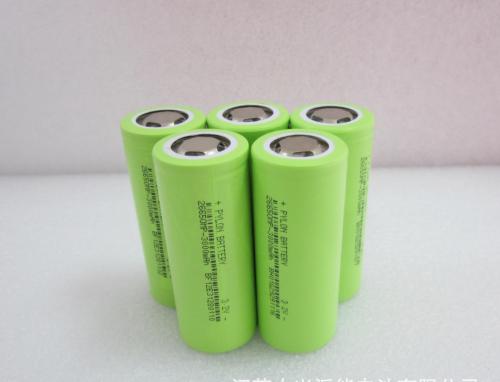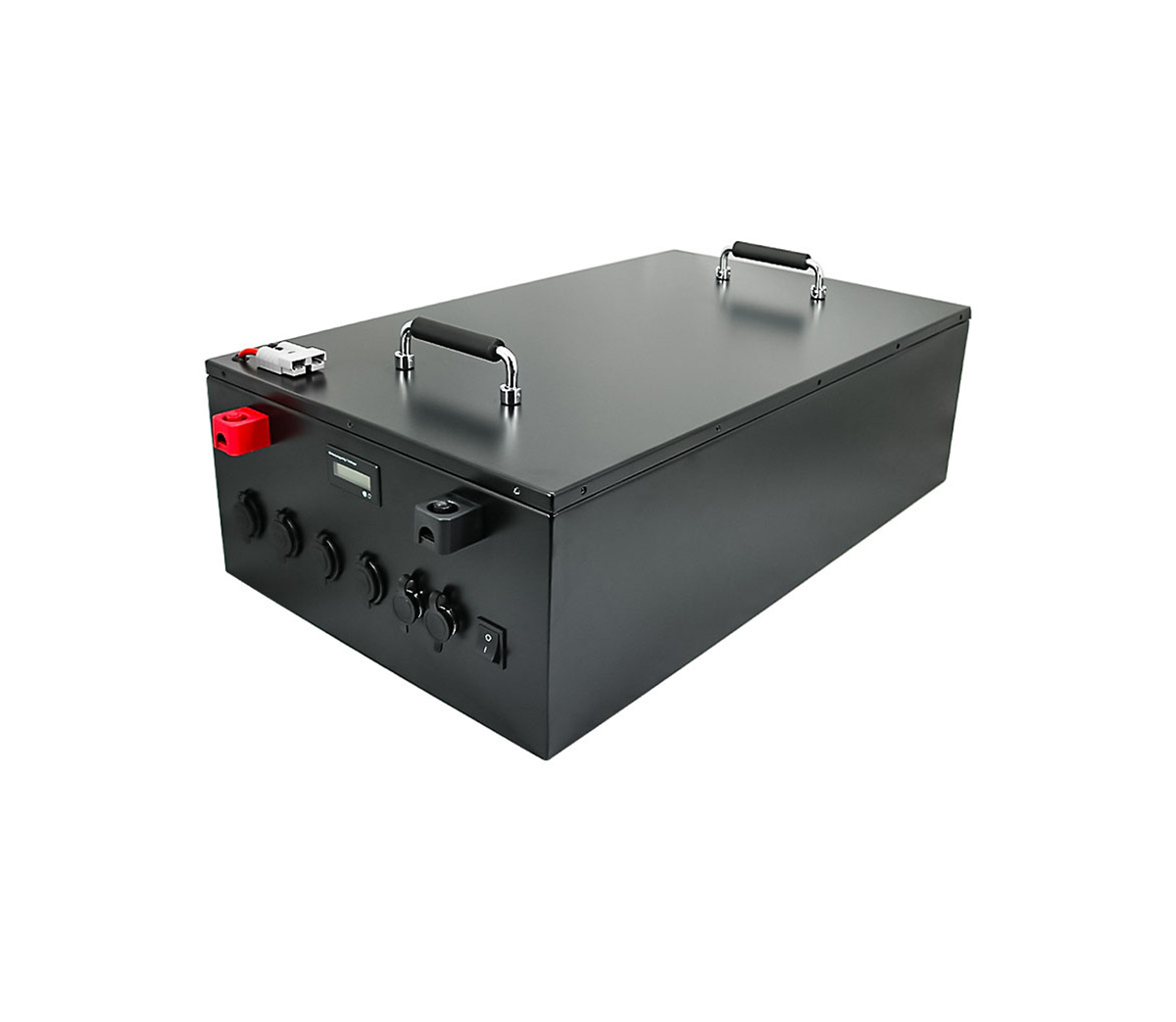
The rise of the industry does not mean the rise of technology. There is
still a huge gap between China and Japan in terms of lithium battery R&D
technology. If the industry is not leading to the leading technology, the
so-called new energy curve overtaking will be completely lost.
Although there is the possibility that Japan deliberately hides and creates
illusions, at least on the surface, Japan is showing a situation of heavy fuel
cells and light lithium batteries. In contrast to the shrinking of lithium
batteries in Japan, China’s lithium batteries have frequently appeared at the
Japan Battery Show, and its booth occupancy rate is surprisingly high. In fact,
since 2015, the participation rate of Chinese companies has gradually increased.
In the last two sessions, most companies and personnel are from China, and
familiar Chinese can be heard everywhere during the exhibition. To be a joke,
this feeling is like walking into most international tourist areas, full of
Chinese tourists. Regardless of whether Japan is clumsy in lithium battery
technology, the reality is that China’s lithium battery industry has risen. But
what I want to emphasize is that the rise of the industry does not mean the rise
of technology. There is still a huge gap between China and Japan in terms of
lithium battery research and development technology. If the industry is not
leading to the leading technology, the so-called new energy curve overtaking
will not be lost. . Let’s take a look at the new technologies and major events
in the lithium battery field this week. 1. Sekisui Chemical Industry develops
40Ah soft-pack fast-charge batteries. According to Japanese media reports,
Sekisui Chemical Industry will enter the field of automotive batteries and will
be held in Tokyo from February 28 to March 2, 2018. The first public
announcement of the company’s lithium-ion soft-pack battery under development
during the “Exhibition” is expected to achieve mass production and commercial
applications in 2020. Compared with other competitors targeting the same market,
the company started relatively slowly, but they hope Through its unique
technology to improve safety and battery output power, forming differentiated
products. The company’s development product is a soft pack battery with a
capacity of 40Ah. The size is 118×340mm. It combines dozens of batteries into
modules, and then combines multiple modules into battery packs, so one car will
carry hundreds of Batteries. Previously, Sekisui Chemical Industry had
experience in overproducing stationary lithium-ion batteries for household use.
Although some of the technologies were also used in this new product
development, Mr. Dazhe, who is in charge of the battery development business,
said that they are aiming at It is to develop a battery that has not appeared in
the market so far, so the internal chemical properties of the newly developed
product will undergo tremendous changes. Although the technical details are not
disclosed, it seems to use an electrolyte material that is easier to move
electrons than traditional products, and an insulating layer is provided on the
separator material between the positive and negative electrodes. As a result,
enhanced safety, increased output power, fast charging and other product
performance that are listed as competitive keywords. Comment: The 40Ah soft-pack
battery is actually not a technological achievement that is far ahead, but if it
takes into account cycle life, safety, and rate, it can be called a very
competitive product. . In fact, this Japan Battery Show did not show too many
new lithium battery technologies from the beginning to the end. The overall
situation is relatively indifferent. However, the fuel cell field is on the
contrary showing a prosperous situation. This may be a sign of technological
evolution, but At the same time, it may also be a technical trap that Japan
deliberately "hidden clumsy". 2. South Korea has developed a hybrid aqueous
solution battery that can be charged within 30 seconds. The Korea Advanced
Institute of Science and Technology (KAIST) has developed the latest water-based
hybrid battery. This battery is safe and has high energy and high power density.
Charging within 20 seconds, it is made of a liquid electrolyte sandwiched
between a specially designed anode and cathode. The anode is made of
graphene-based polymer chain material, which gives it a high surface area,
allowing it to store more energy. The cathode material consists of nickel oxide
nanoparticles embedded on graphene. "Because these materials are arranged in
these structures, the new device has a higher energy density and faster energy
exchange than other aqueous batteries. It is much more stable with minimal
energy loss, and its capacity remains close to 100% after more than 100,000
redox cycles. The power density of the new device is also about 100 times higher
than that of a similar design, and it can be charged in 20 to 30 seconds using a
low-power system such as a traditional USB charger. Comment: I have to admit
that South Korea has made great efforts in graphene batteries. Although no
graphene battery has been really applied in the field of industrialization, new
technological breakthroughs can be seen from time to time in research and
development. news. It is not difficult to guess that graphene batteries occupies
an important position in South Korea's new energy plan, but it is difficult to
say whether this graphene battery, which is not criticized by most people,
really has a way out. 3, Honda realizes the commercialization of magnesium
batteries and wants to replace lithium batteries? Nippon Field Company
announced that they have cooperated with the Saitama Prefecture Industrial
Technology Comprehensive Center to develop the world's first practically
applicable magnesium rechargeable battery. Honda hopes to commercialize
magnesium batteries in 2018 and completely replace lithium batteries.
Magnesium-ion batteries have a greater energy storage capacity than lithium-ion
batteries, which is about 4 times that of commercial lithium-ion batteries. They
can enable consumer electronics to be used for a longer period of time, as well
as allow cars to run longer. At the same time, magnesium is used as the
negative electrode, and no dendrites are produced during repeated charging and
discharging, so the cycle performance is very good, and the loss after multiple
charging and discharging is small. Some academic materials even claim that
magnesium ion batteries are by far the most theoretically promising green
battery for electric vehicles. It can not only increase the cruising range, but
also greatly improve the acceleration performance of the vehicle. It will be a
new one. Revolution in the way of energy utilization. On the other hand,
magnesium batteries are safer than lithium and are not as prone to fire hazards
as lithium batteries, and the cost of magnesium is 96% lower than that of
lithium. After the technical performance evaluation, it is believed that
magnesium batteries are no less than lithium batteries in terms of life and
safety performance. They hope to actively cooperate with many battery
manufacturers to achieve mass production as soon as possible. Comment:
Unfortunately, Japan, not China, was the first to commercialize magnesium
batteries. It is important to know that almost all global magnesium resources
are concentrated in China. The substitution of magnesium for lithium is the most
desirable thing for domestic battery companies to see. However, although the
replacement of lithium by magnesium is a huge benefit, I am not optimistic about
magnesium and other alkaline metal ion batteries such as sodium and potassium.
In fact, lithium batteries have been widely used in competition with other types
of secondary batteries. The reason for this is that I will not repeat them. The
sequence on the periodic table is to some extent The above is a kind of
solution.



































